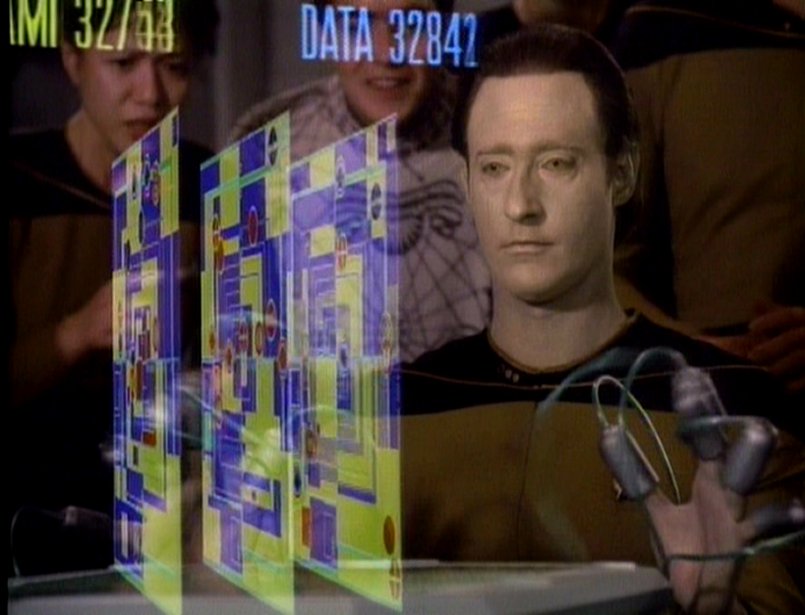How to Turn Your Red State Blue

I posted this as a Quick Link earlier today but decided it needed its own post. Stacey Abrams & Lauren Groh-Wargo of Fair Fight have written an opinion piece in the NY Times about how they increased Democratic votes in Georgia over the past decade, leading to flipping both Senate seats in the 2020 election. They are sharing their approach and framework so that others can apply it in their states.
Georgians deserved better, so we devised and began executing a 10-year plan to transform Georgia into a battleground state. As the world knows, President Biden won Georgia’s 16 electoral votes in November, and the January runoff elections for two Senate seats secured full congressional control for the Democratic Party. Yet the result wasn’t a miracle or truly a surprise, at least not to us. Years of planning, testing, innovating, sustained investment and organizing yielded the record-breaking results we knew they could and should. The lessons we learned can help other states looking to chart a more competitive future for Democrats and progressives, particularly those in the Sun Belt, where demographic change will precede electoral opportunity.
We realize that many people are thinking about Stacey’s political future, but right now we intend to talk about the unglamorous, tedious, sometimes technical, often contentious work that creates a battleground state. When fully embraced, this work delivers wins — whether or not Donald Trump is on the ballot — as the growth Georgia Democrats have seen in cycle after cycle shows. Even in tough election years, we have witnessed the power of civic engagement on policy issues and increases in Democratic performance. This combination of improvements has also resulted in steady gains in local races and state legislative races, along with the continued narrowing of the statewide loss margin in election after election that finally flipped the state in 2020 and 2021.
The task is hard, the progress can feel slow, and winning sometimes means losing better. In 2012, for example, we prevented the Republicans from gaining a supermajority in the Georgia House of Representatives, which would have allowed them to pass virtually any bill they wanted. We won four seats they had drawn for themselves, and in 2014 we maintained those gains — just holding our ground was a victory.
The steps toward victory are straightforward: understand your weaknesses, organize with your allies, shore up your political infrastructure and focus on the long game. Georgia’s transformation is worth celebrating, and how it came to be is a long and complicated story, which required more than simply energizing a new coterie of voters. What Georgia Democrats and progressives accomplished here — and what is happening in Arizona and North Carolina — can be exported to the rest of the Sun Belt and the Midwest, but only if we understand how we got here.
This piece, and the plan it describes, is excellent. You can see how their potent combination of vision, planning, and methodical execution were able to yield big results over time — success is the application of patience to opportunity.
Bic ballpoint portrait of Stacey Abrams above by Claire Salvo. Prints of similar portraits of AOC, RBG, and John Lewis are available.







Stay Connected